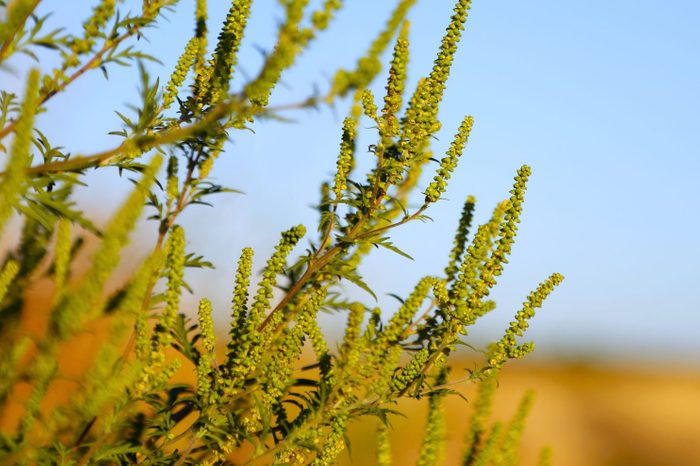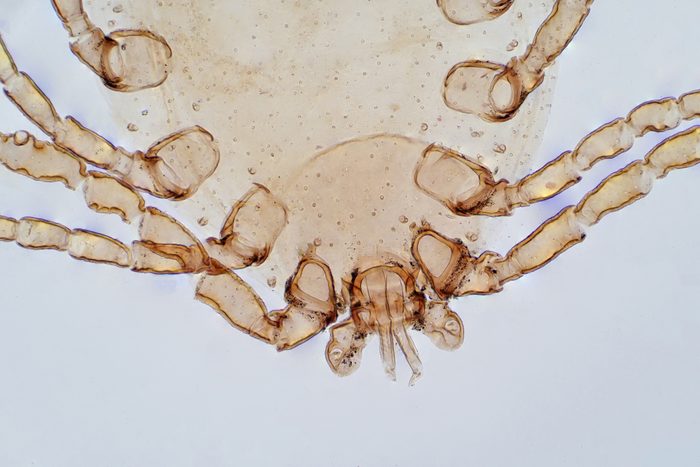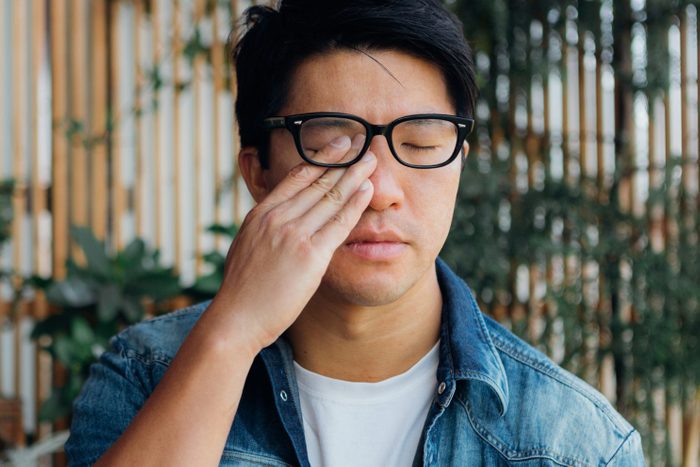
Ah, spring rings in a mix of delight and dismay, doesn’t it? The blooming flowers and longer days are a welcome change, yet for nearly one-third of adults and one-fourth of children, they also usher in the onset of allergies—sneezing, sinus pressure, itchy eyes, runny nose, sensitive ears, a sore throat, or that stubborn, relentless cough.
The Centers for Disease Control and Prevention calls allergies the sixth most common chronic illness in the US, citing that 25 million Americans battle asthma, for which seasonal allergies serve as the primary antagonist. Asthma accounts for 11 deaths daily in the United States.
If you’ve noticed that “seasonal” allergies are stretching beyond their typical timeframes, experts like Purvi Parikh, MD, an allergy doctor with the Allergy & Asthma Network attributes this to climate change, which has extended allergy seasons across the country. Also, higher levels of carbon dioxide can increase the counts of these allergens.
Dr. Parikh identifies several common allergy triggers, including but not limited to:
- Pollen (spanning trees and grass)
- Ragweed
- Mold
- Dust mites
- Animal dander
Keep reading to learn how long Dr. Parikh says you might expect to manage seasonal allergies, depending on which of these you’re inhaling and where.

How long do seasonal allergies last? Here an expert doctor responds, based on prominent allergens
According to Dr. Parikh, the duration of allergy symptoms varies. The specific allergens to which one is susceptible play an essential role in determining this timeline.
1. Pollen
Dr. Parikh says pollen allergies, which predominantly come from trees in the spring and grass in the late spring to early summer, vary broadly across different parts of the country and are influenced significantly by climate change.
The pollen season is relatively short in the northern regions, peaking from April to June for trees and May to July for grasses. However, pollen can start impacting individuals as early as February in the south and other warmer climates, lasting into late fall.
Weather also plays a role, with rain offering temporary relief by washing away pollen, whereas dry and windy conditions can escalate pollen levels, intensifying allergy symptoms. Certain areas, like Texas, experience a unique winter pollen surge, known as “cedar fever,” caused by Texas mountain cedar pollen marking these regions, especially the southern half of the country.

2. Ragweed
Ragweed pollen is the quintessential fall allergy trigger, flourishing from August to November in most parts of the United States.
However, ragweed can persist in warmer areas until the first hard frost, prolonging the allergy season well into winter. Urban areas may also experience higher ragweed pollen counts due to the heat island effect, which extends the growing season. This means that individuals in cities might face longer durations of ragweed allergy symptoms than those in rural settings.
7 Best Ways to Manage Your Allergies, from an East Coast Allergy Specialist

3. Mold
Mold spores are a year-round allergen but tend to peak during warm, humid summer months, especially in outdoor environments.
In contrast, indoor mold can be a problem any time of the year, particularly in damp areas like bathrooms and basements.
Seasonal variations can occur, with fall leaves and spring thaw providing organic material that encourages mold growth. Geographic location also plays a role, with more humid regions experiencing higher mold spore levels consistently throughout the year.
14 Health Effects of Mold in Your Home, from an Air Quality Scientist

4. Dust mites
Dust mite allergies are less dependent on outdoor weather changes and more on indoor environments, making them a year-round concern. However, their prevalence increases during the humid summer months, as dust mites thrive in warm, moist environments.
Interestingly, when indoor heating is used in dry climates or during winter, the air becomes drier, potentially reducing dust mite populations. Nonetheless, Dr. Parikh says dust mites can continue to be a significant problem without proper indoor humidity control throughout the year.

5. Animal dander
Animal dander allergies are also less influenced by season and more by the presence of animals and the effectiveness of cleaning and ventilation within indoor environments.
Dr. Parikh suggests that while that may be true, during colder months when pets spend more time indoors and homes are less ventilated, exposure to pet dander can increase and potentially worsen symptoms for sensitive individuals.
Conversely, in warmer months, increased ventilation and outdoor activities may reduce indoor exposure to pet dander.

Which month is worst for allergies?
The month of May is often the peak for allergies in the United States due to widespread high pollen levels. The worst month for allergies can differ depending on your location.

How long do allergy flare-ups last?
Dr. Parikh says allergy-induced asthma flare-ups can lead to a significant increase in emergency room visits and hospitalizations during peak allergy seasons. Symptoms to watch for include:
- Cough
- Wheezing
- Shortness of breath
- Chest pain
She cautions, “You can develop asthma even if you didn’t have it in previous seasons,” urging those experiencing these signs to seek medical help immediately.
And if you’re frequently battling symptoms such as coughing or head congestion, it might be a sign to seek advice from an allergist, as more than two-thirds of individuals with spring allergies also endure symptoms throughout the year. An allergist can help identify the true cause of your discomfort, ensuring you tackle the root problem rather than just the symptoms.
For the latest in wellness delivered to you daily, subscribe to The Healthy @Reader’s Digest newsletter and follow The Healthy on Facebook and Instagram. Keep reading:
- New Study: This Increases Stroke Risk-and It’s Found in Almost 10% of Homes
- First-Ever Drug Approved to Prevent a Condition Affecting 20 Million Americans
- Expert Doctors: This is the #1 Risk Factor for Cancer-and It’s Preventable
- Walking This Far Daily Could Reduce Heart Failure Risk, Says New Study
